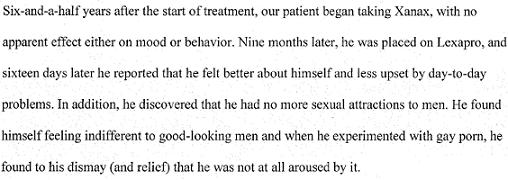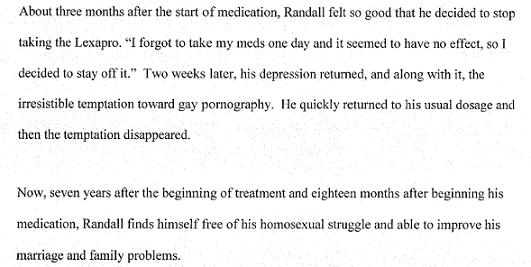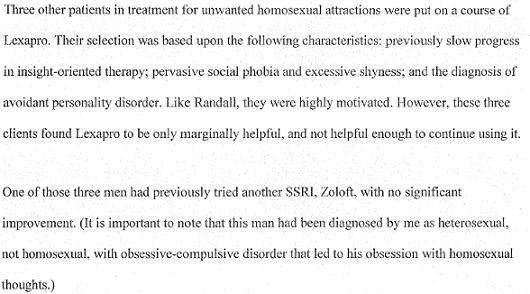For WWII and post war mom blamers such as Edward Strecker and Philip Wylie, moms were not just responsible for individual immaturity in their sons, they were, by extension, the ruination of democracy. Strecker (who referred to this book by Wylie in his book) made that case very directly in his book, Their Mothers’ Sons, which I reviewed briefly Monday and Tuesday.
In his book, Generation of Vipers, Philip Wylie aims his rhetorical gun at just about everyone; mother blaming was not his sole purpose. However, to best understand why mother blaming could take root so deeply in American culture, one needs to review Wylie’s chapter in Generation of Vipers, titled “Common Women.” I will give a few portions here.
Wylie apparently thought Freud cogent on matters of mother blame, writing:
Freud has made a fierce and wondrous catalogue of examples of mother-love-in-action which traces its origin to an incestuous perversion of a normal instinct. That description is, of course, sound. Unfortunately, Americans, who are the most prissy people on earth, have been unable to benefit from Freud’s wisdom because they can prove that they do not, by and large, sleep with their mothers. That is their interpretation of Freud. Moreover, no matter how many times they repeat the Scriptures, they cannot get the true sense of the passage about lusting in one’s heart–especially when they are mothers thinking about their sons, or vice versa. (p. 185)
Wylie thinks mothers and sons are just sickening, creepy close. Americans however, are behaviorally oriented, he says. Since American men are not actually sleeping with their mothers, they can excuse their stifling emotional closeness. Wylie says instead that it is the thought that counts — men are too concerned about their moms, to the point of worship. He continues:
Meanwhile, Megaloid momworship has got completely out of hand. Our land, subjectively mapped, would have more silver cords and apron strings crisscrossing it than railroads and telephone wires. Mom is everywhere and everything and damned near everybody, and from her depends all the rest of the U. S. Disguised as good old mom, dear old mom, sweet old mom, your loving mom, and so on, she is the bride at every funeral and the corpse at every wedding. Men live for her and die for her, dote upon her and whisper her name as they pass away, and I believe she has now achieved, in the hierarchy of miscellaneous articles, a spot next to the Bible and the Flag, being reckoned part of both in a way. She may therefore soon be granted by the House of Representatives the especial supreme and extraordinary right of sitting on top of both when she chooses, which, God knows, she does. At any rate, if no such bill is under consideration, the presentation of one would cause little debate among the solons. These sages take cracks at their native land and makes jokes about Holy Writ, but nobody among them–no great man or brave–from the first day of the first congressional meeting to the present ever stood in our halls of state and pronounced the one indubitably most-needed American verity: “Gentlemen, mom is a jerk.”
Mom is something new in the world of men. Hitherto, mom has been so busy raising a large family, keeping house, doing the chores, and fabricating everything in every home except the floor and the walls that she was rarely a problem to her family or to her equally busy friends, and never one to herself. Usually, until very recently, mom folded up and died of hard work somewhere in the middle of her life. Old ladies were scarce and those who managed to get old did so by making remarkable inner adjustments and by virtue of a fabulous horniness of body, so that they lent to old age not only dignity but metal. (pp. 185-186)
According to Wylie, moms stifle men and reduce them to compliant boys.
Mom had already shaken him out of that notion of being a surveyor in the Andes which had bloomed in him when he was nine years old, so there was nothing left to do, anyway, but to take a stockroom job in the hairpin factory and try to work up to the vice-presidency. Thus the women of America raped the men, not sexually, unfortunately, but morally, since neuters come hard by morals. I pass over the obvious reference to the deadliness of the female of the species, excepting only to note that perhaps, having a creative physical part in the universe, she falls more easily than man into the contraposite role of spiritual saboteur. (pp. 187-188)
Much of the chapter is a full on attack on what Wylie perceives to be the ways of mom, comparing her at various times to Hitler and Satan, with most societal evils laid to rest at her door. Along the way, Wylie returns to the greatest achievement of mom, emasculating sons.
“Her boy,” having been “protected” by her love, and carefully, even shudderingly, shielded from his logical development through his barbaric period, or childhood (so that he has either to become a barbarian as a man or else to spend most of his energy denying the barbarism that howls in his brain – an autonomous remnant of the youth he was forbidden), is cushioned against any major step in his progress toward maturity. Mom steals from the generation of women behind her (which she has, as a still further defense, also sterilized of integrity and courage) that part of her boy’s personality which should have become the love of a female contemporary. Mom transmutes it into sentimentality for herself. (pp. 195-196)
Wylie goes on to develop the concept of mom as barrier to manhood (I imagine Wylie is god at the Mankind Project). The close-binding-intimate (CBI mother) mom of Irving Bieber, direct influence on Nicolosi and NARTH is a psychiatric incarnation of Wylie’s momistic mom. As an aside, Bieber was described in saintly tones during my brief sojourn in the NARTH wilderness with presentation after presentation blaming smother mothers and inept, cranky dads for the “condition” of homosexuality. Wylie, predating Bieber, ridicules men but blames moms for his plight.
The mealy look of men today is the result of momism and so the pinched and baffled fury in the eyes of womankind…we will first have to make the conquest of momism, which grew up from male default. (p. 197, 203)
In reparative drive theory for male homosexuality, the relationship with the father becomes more of a focus. Cultural and early psychiatric opinion focused on mom the usurper, but reparative therapy extends the fault lines to include the weak or aggressive but surely distant father who allows mom to conquer the triad of mother-son-father, with the son becoming the defensively detached pre-homosexual. The Strecker-Wylie-Nicolosi fix is simple and if you don’t understand why or how it works, trust them, they know.


